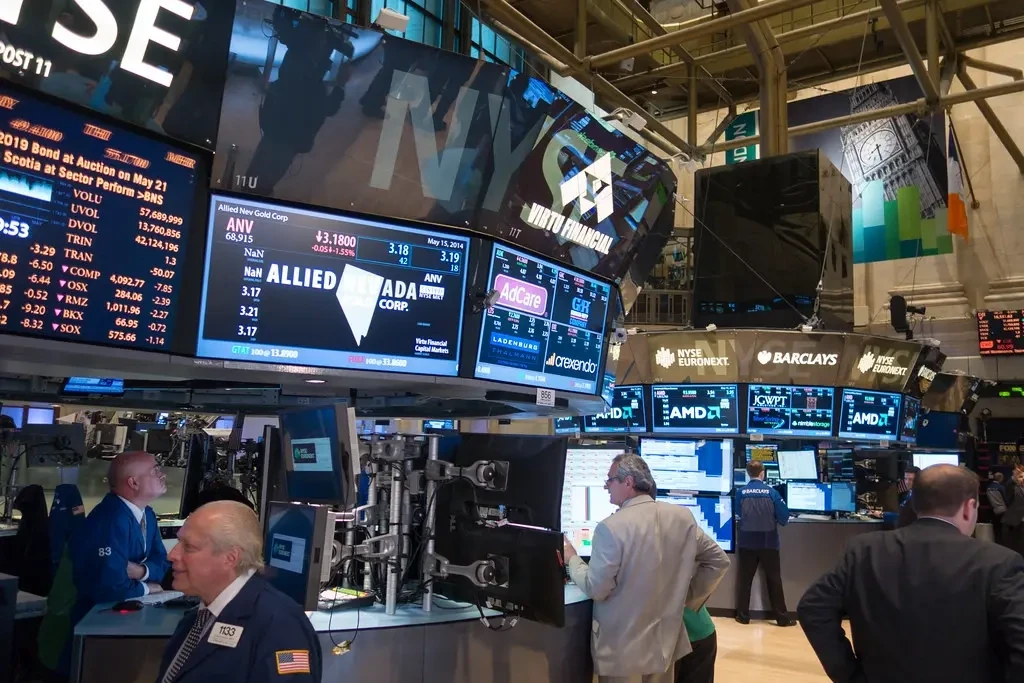As global markets continue to hover near record highs, a familiar question looms over investors: How long can the good times last? History suggests that what goes up can, and often does, come down.
With major stock indices like the S&P 500 and Nasdaq Composite trading at or near all-time highs, concerns are mounting that a correction or worse, a crash could be on the horizon in 2026.
At the centre of these anxieties are two of the most respected valuation metrics in financial history: Warren Buffett’s “Buffett Indicator” and economist Robert Shiller’s “CAPE Ratio.” Both have previously signalled impending downturns with striking accuracy and both are flashing red again.
Warren Buffett’s Warning Sign: The Market Cap-to-GDP Ratio
More than two decades ago, legendary investor Warren Buffett called the ratio of total stock market capitalisation to a country’s gross national product (GNP) “probably the best single measure of where valuations stand at any given moment.” Over time, the GNP figure has been replaced with GDP, giving rise to what’s now known as the Buffett Indicator.
In an article published by Fortune in 2001, Buffett cautioned that when this ratio approaches 200 per cent, investors are effectively “playing with fire.” His warning proved prescient. In 1999 and 2000, the indicator hovered near that level before the dot-com bubble burst, wiping trillions off market valuations and triggering a multiyear decline, especially in technology shares.
The pattern repeated in 2022 when the Buffett Indicator again approached the 200 per cent mark. Within months, the S&P 500 peaked and entered a bear market, losing over a quarter of its value at one point.
Now, the same indicator stands at a record high, around 219 per cent, surpassing every previous reading. By Buffett’s own measure, this suggests that investors may once again be “playing with fire.”
Robert Shiller’s CAPE Ratio: Another Red Flag
Warren Buffett isn’t the only financial luminary whose name is attached to a valuation metric. Nobel Prize-winning Yale economist Robert Shiller co-developed the Cyclically Adjusted Price-to-Earnings ratio (CAPE), now widely known as the Shiller CAPE ratio.
Unlike traditional price-to-earnings ratios, the CAPE smooths out the effects of short-term fluctuations by using inflation-adjusted earnings over the past decade. This provides a clearer picture of long-term market valuation.
History has shown that elevated CAPE readings often precede major market downturns. A sharp spike in 1929 came just before the infamous Wall Street Crash. The ratio hit its highest-ever level in 1999, right before the dot-com collapse and surged again in late 2021, preceding the sharp declines of 2022.
At present, the Shiller CAPE ratio is sitting at its second-highest level in history, a signal that has historically preceded significant corrections in the market.
So, Is a 2026 Crash Inevitable?
While both indicators are deeply unsettling, they are not flawless predictors. Economists and market historians caution against treating them as certainties. There are relatively few historical instances of both indicators hitting such extreme levels, making it difficult to draw statistically significant conclusions.
Moreover, markets can remain overvalued for years. Former US Federal Reserve Chair Alan Greenspan famously warned of “irrational exuberance” as early as 1996, yet the S&P 500 nearly doubled before the eventual crash in 2000.
That said, the combination of the Buffett Indicator at 219 per cent and the Shiller CAPE near record highs points undeniably to stretched valuations. It would be unwise to dismiss these signals entirely.
How Investors Can Prepare
A market downturn may not be imminent, but prudent investors are advised to take precautions. Diversifying portfolios, building cash reserves, and focusing on stocks with strong fundamentals and reasonable valuations can provide a buffer if volatility strikes.
Above all, maintaining a long-term perspective remains essential. History shows that even after severe crashes, from 1929 to 2008, equity markets have always recovered, often setting new record highs in the years that followed.
Whether 2026 marks another turning point remains uncertain. But as Buffett himself might say, now may be the time for investors to check their fire alarms.
